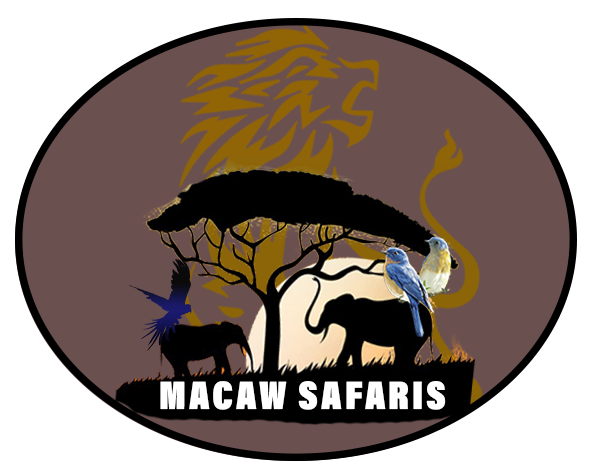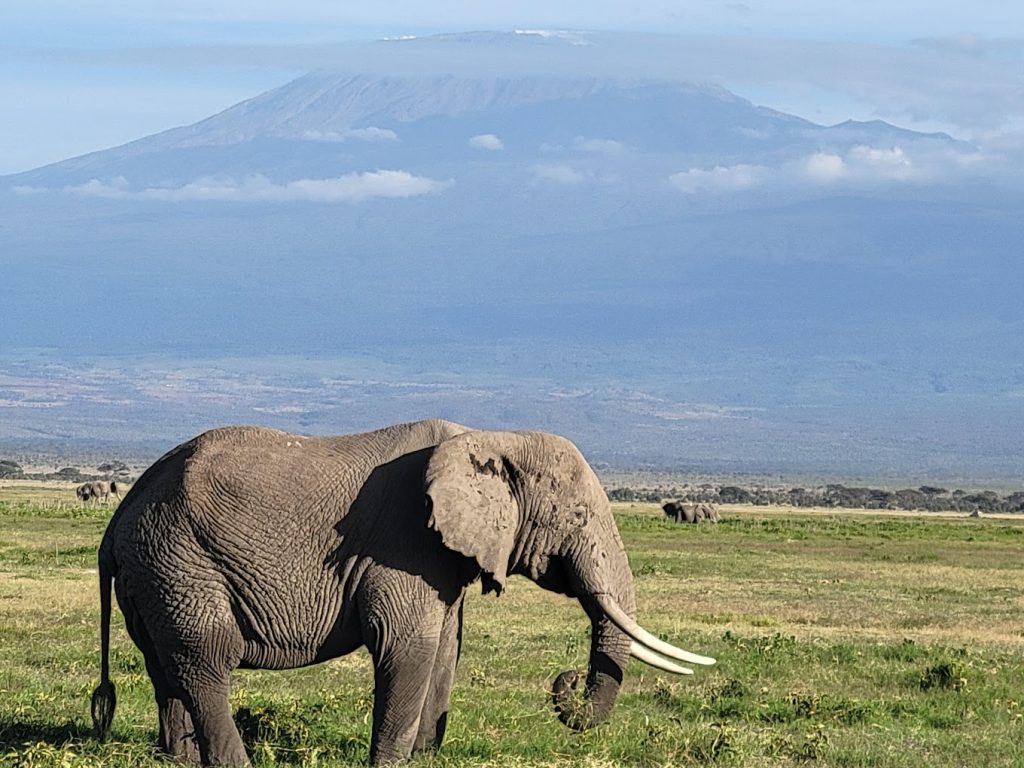In a world facing rapid biodiversity loss and climate instability, rewilding our planet has emerged as a powerful solution. Rewilding involves restoring natural habitats and reintroducing native species to revive ecosystems. This process not only heals the Earth but also brings long-term environmental, economic, and social benefits.
What Is Rewilding?
Rewilding is the process of allowing nature to reclaim and regenerate landscapes by reducing human interference. This includes reintroducing keystone species like wolves, beavers, and wild horses, which help balance ecosystems naturally. By encouraging forests, wetlands, and grasslands to grow back, rewilding promotes biodiversity and restores ecological functions.
Environmental Benefits of Rewilding
Biodiversity Recovery: Rewilding helps bring back native flora and fauna, boosting ecosystem resilience and natural balance.
Carbon Sequestration: Restored forests and peatlands absorb more carbon dioxide, combating climate change.
Soil and Water Health: Natural habitats improve soil fertility, prevent erosion, and enhance clean water supply through better filtration.
Economic and Social Impacts
Rewilding can revitalize local economies through eco-tourism, sustainable agriculture, and green jobs. Communities benefit from cleaner air and water, improved mental well-being, and greater resilience against natural disasters like floods and droughts.
Rewilding Success Stories
From Yellowstone National Park in the U.S. to the Scottish Highlands and African savannas, rewilding has proven effective. The return of wolves in Yellowstone, for example, transformed the ecosystem by controlling deer populations and regenerating vegetation.
Rewilding our planet is more than a conservation trend—it’s a blueprint for a sustainable future. By restoring natural habitats, we repair ecosystems, support biodiversity, and fight climate change. The time to act is now: let nature lead the way back to balance.


